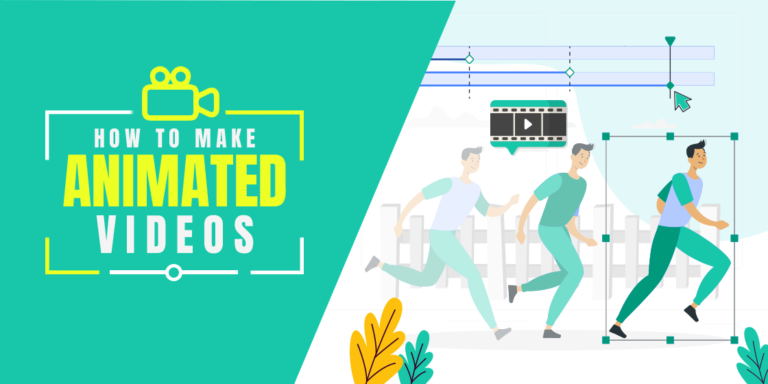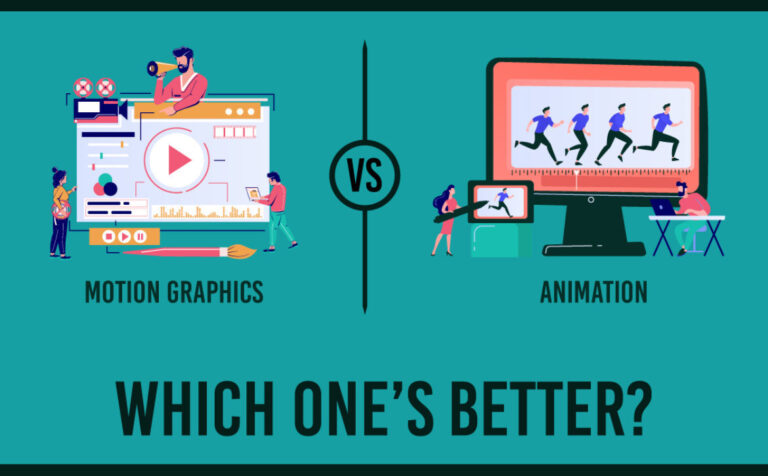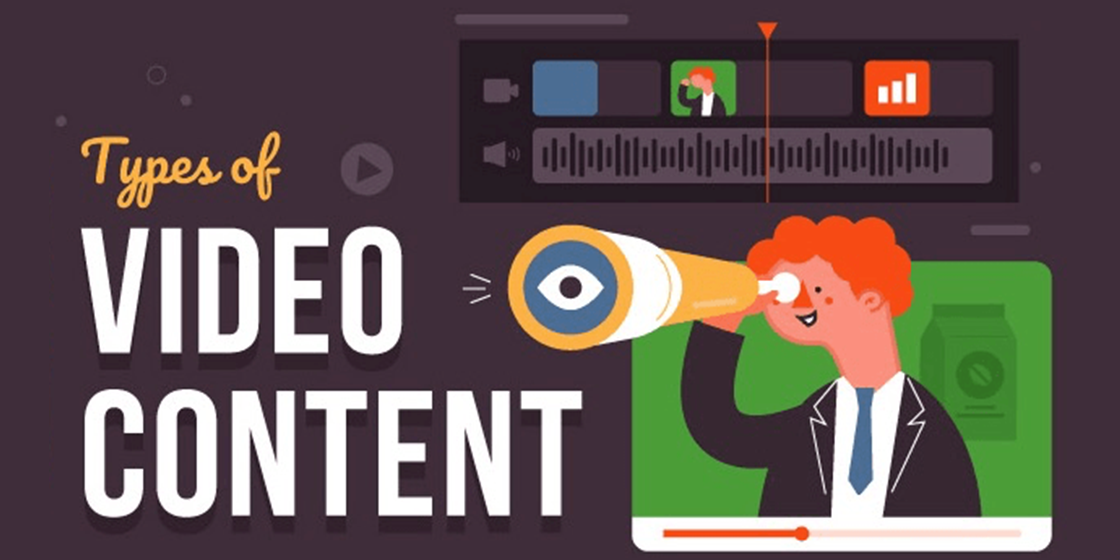
Table of Content
Learn How Various Types Of Videography Styles Can Help Your Brand Stand Out
The last few years have shown a rising trend in marketers opting for more video content over other types of content. That rise is mostly due to the improving network standards and speeds around the world. The result – a greater number of consumers opting for the more engaging videos over static images or textual blogs.
The change has resulted in many content marketing companies having to rethink their strategies. They’ve needed to develop stronger video marketing practices to benefit from this shift. Studies suggest that videos increase organic search traffic by 157% on a website.
For a brand, videos are an effective marketing tool. But choosing the right types of videos is crucial to the project’s success. Let’s find out which video production types made our list of the seventeen most popular styles.
What are the Different Types of Videos?
There are many types of videography styles in use nowadays for video production. A few of these video types are more popular and are used quite extensively. Listed below are 17 video formats that we believe see the most users nowadays.
Live-action videos
Live-action videos are simply just a recording of actual objects, whether static or dynamic. These types of videography rely on real-life objects and locations, instead of using digitally created motion graphics or animation.
Such videos can take on several tones such as being informative, entertaining, or even educational. That makes it quite useful where a personal touch is considered better than using a digital avatar.
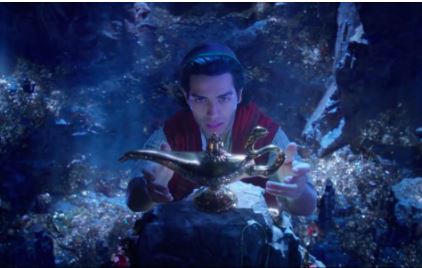
When and Where Do We Use Live Action?
- Video Tutorials
Tutorials have a greater impact when done in live-action. That is because people find it easier to relate to one another, compared to digital animation.
- Intro Videos
Video introducing yourself or your company benefits from a flesh-and-blood person and adds a friendly face for your consumers to trust. This works well when used on your website.
- About Us Videos
Just like the Intro videos, people tend to trust a company better if they have a face to associate with it. Also, who better to tell your consumers about yourself or your company, than you yourself?
- Sales Videos
Sales are more about your consumers trusting your business than it is about selling your products or services. Putting a real-life and energetic face will help your company stand out positively.
Animated videos
Animations are the types of videos that use a chain of static images, viewed one after the other, to give the illusion of a moving video. This style of graphics has been around for a long time and has been the force behind our favorite childhood cartoons and animated movies.
Animation is used to create imagery that is cost-prohibitive or impossible to create in real life, or if you do not have a proper filming crew and talent available. There are many animation styles available today. There is 2D which is the most common flat imagery
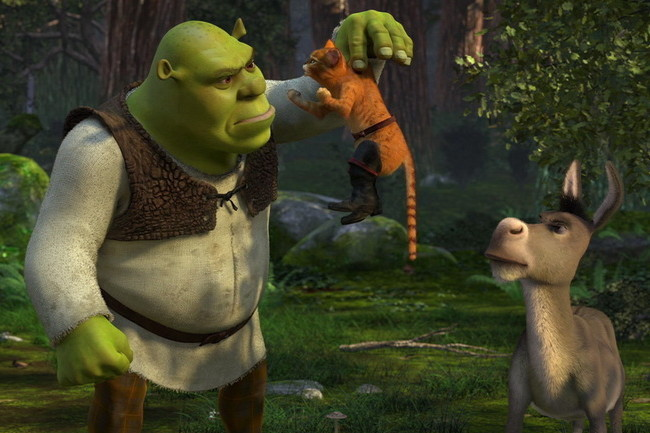
of print. Then we have 3D which adds depth to the animation which is popular in animated movies of today. We even have stop-motion which uses individual frames and splices them together like the popular Claymation movies of the early 2000s.
When and Where Do We Use Animation?
- Promo/Marketing Videos
You can portray your offering to a consumer quite effectively by using animations in your video. A digital creation could bring the required level of energy, style, and personality to your brand with animation.
- Explainer Videos
A person explaining a difficult topic is not as effective as an animated explainer video which focuses on animating the content and relying on visual cues to drive the message home.
Whiteboard videos
Whiteboard videos rely on quick-drawn imagery onto a white background to explain a topic or a process. These graphics are done in the style of an actual whiteboard, used by artists and designers to plan out their process.
You can even use the most basic graphic designs like stick figures to turn your proces into something easily understood by the consumers, by creating an ideal mix of text an graphics to break the monotony and help your viewers understand the topic.
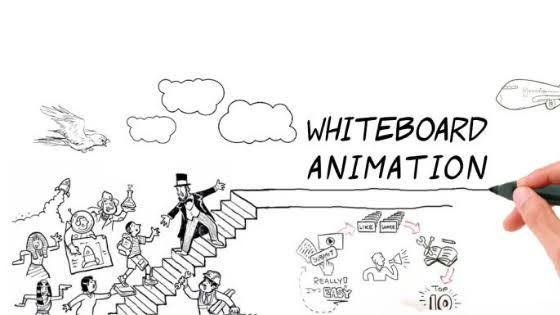
When and Where Do We Use Whiteboards?
- Process Explainers
A company may produce a video explaining their work process, to show their consumers that their processes are completely transparent. Whiteboard videos work well in such scenarios.
Explainer videos
Explainer videos work exactly as their name suggests – they explain a topic. When there is a complicated topic to explain to the viewers, a software’s functionality perhaps, using animated explainers can work wonders.
These videos have a structure, where they explain the needs of the product, who the target consumer is, and explain its functionality quickly and efficiently.
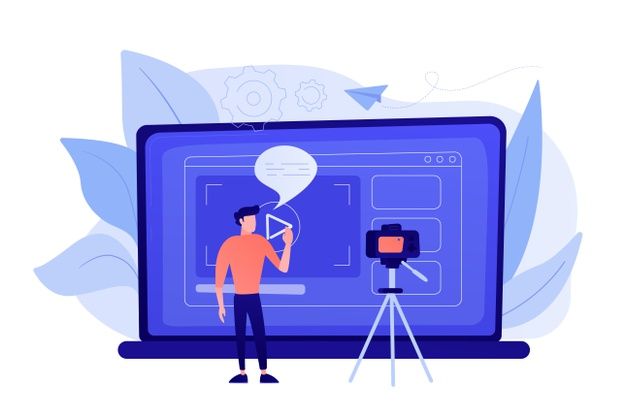
When and Where Do We Use Explainer Videos?
- Service/Product Explainers
Explainer videos are one of the more popular types of videos with a single purpose. That purpose is to explain the idea and the need behind a product or service.
Motion graphics videos
They are types of videos that rely on making shapes and text dynamic in a video, with no other purpose than to boost the impact of static imagery. These graphics generally do not portray a message or story but are used to break the monotony of the voiceover by adding moving text or images.
The animations are always accompanied by voiceovers, background vocals, or transition sounds, used individually or mixed. This is how motion graphics are different from animation.
When and Where Do We Use Motion Graphics?
- Product Descriptions
These videos are a great way to describe a product. Using a mix of images and voiceovers, reinforce the points you are trying to convey to the consumers.
Typography videos
Kinetic typography means moving text, to put it simply. This style of video transforms text and animates it to make it more dynamic and interesting. That is because some people respond better to text, while others connect better with graphics or imagery. This style combines them both to cater to both types of consumers.
Moreover, the design and the movement of the text help them embody different emotions, which can amplify their impact even further.
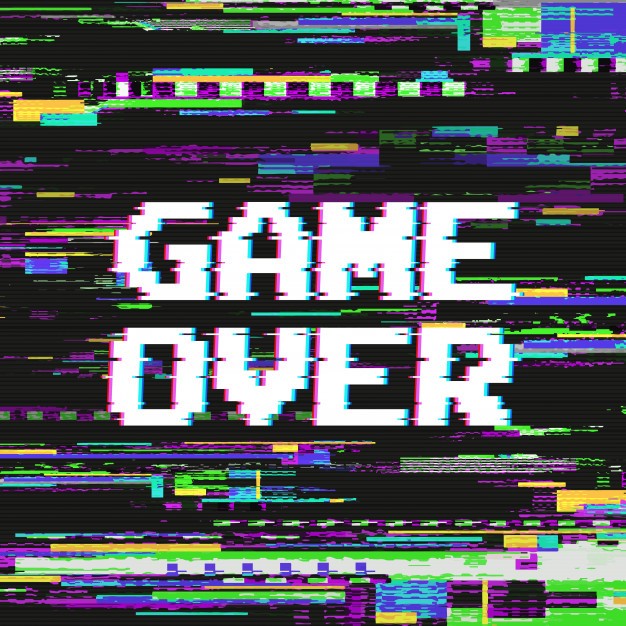
When and Where Do We Use Typography Videos?
These types of videos work well where you have a single idea to portray in a short timeframe. With repeated hooks, these videos ensure that the consumers get the gist, even if they did not get the entire content.
Screencasting videos
Screencasting means capturing the workings on your screen and storing them digitally. These videos usually have a voiceover integrated afterward, and are a simple solution to teaching a topic or showcasing a procedure.
Many software companies and game developers use screencast videos to promote their products or showcase their features in-depth.
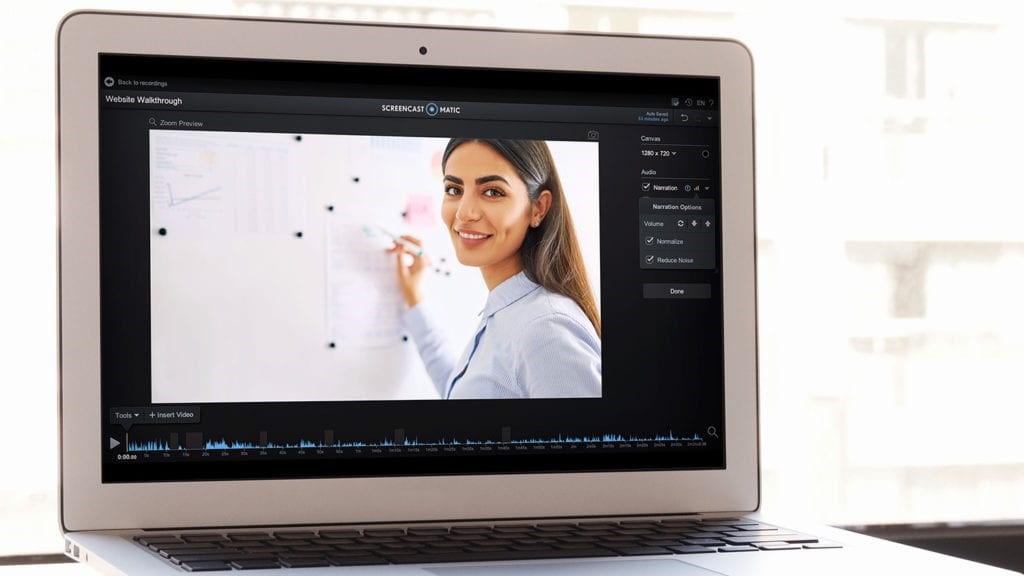
When and Where Do We Use Screencasts?
- Promos
Promo videos showcasing the features and the quality of the software product or game can benefit from a screencast video and works better than a static performance.
- Walkthroughs
Game or software tool walkthrough videos rely on screencast videos to show their consumers how a specific feature or section of the game works. Among the various types of videos available online, walkthroughs are quite common in the gaming and software community.
Live-action screencasting videos
These videos are a mix of live streaming and screencasting videos. It allows you to switch between the screen and your live feed throughout the video, making this an interesting format. Made popular in recent years, it is mostly used by PC gamers who stream their gameplay to their viewers on a variety of free or premium platforms.
When and Where Do We Use Live Screencasts?
- Gaming streams
PC gamers have started monetizing their gameplay videos, by live streaming while playing. This format consists of a picture-in-picture mode, with the gamer switching between the two streams. The screen being viewed can be seen in full size, while the other screen is usually portrayed at the top in a thumbnail-like style.
Live streams
As the name suggests, live streams mean broadcasting your videos in real-time to your consumers, via platforms like YouTube or Facebook. They are a good engagement tool, allowing your viewers to connect with you instantaneously.
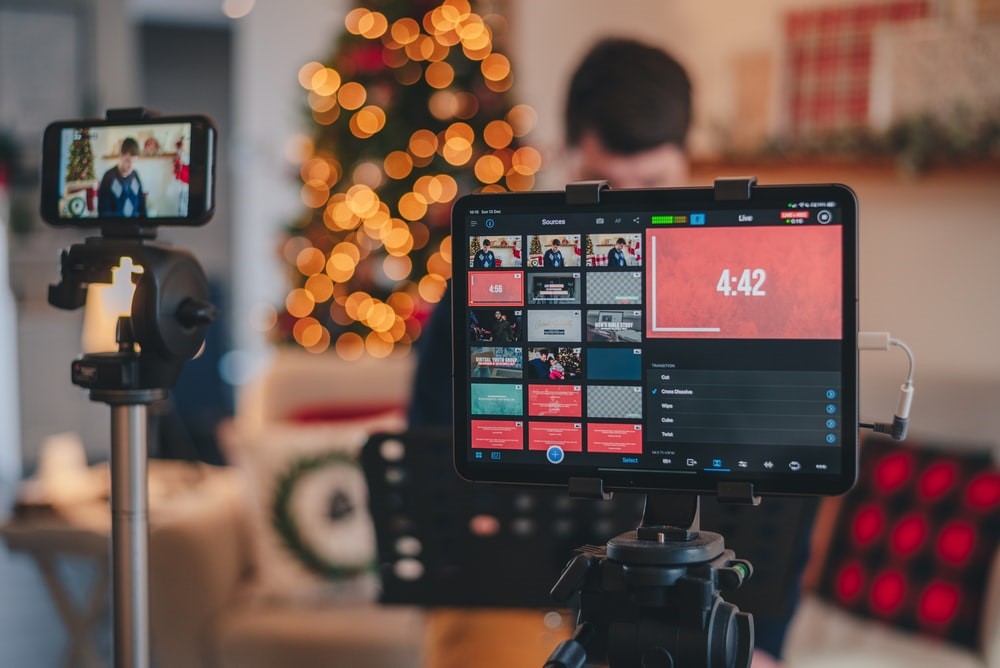
When and Where Do We Use Live Streams?
- Product Launches
These types of videos can benefit from the live stream format, as they can be effective in creating hype. Companies could create a countdown for their virtual launch party, allowing consumers to join you for the product release.
- Q&As
Allowing your consumers to ask questions from you or your representatives engenders a sense of connection and trust. Live-streamed Q&As are a great way to do that.
Montages
Photomontages are slideshows of images that are combined with vocals or narration to portray a story and evoke certain emotions. Organizations like the WHO or the UNHCR use these types of videos to raise attention towards the plight of many helpless people in need of help and support.
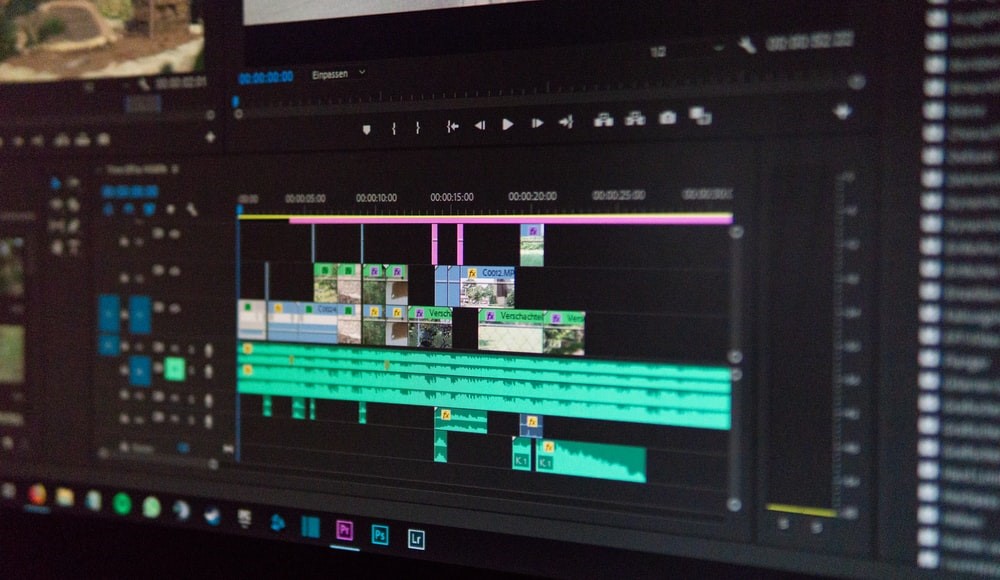
Moreover, companies or individuals may also use them to document the growth of a person or an institution, such as anniversaries, birthdays, or other such events. Magisto revealed that their research estimates that the average smartphone user shoots approximately 150 photos a month, showing why montages are such popular types of video content.
1.10.1- When and Where Do We Use Montages?
- Sentimental Videos
Anniversary videos, birthday montages, graduation videos, and more are all types of sentimental videos which benefit from the montage style of video.
- Achievement Videos
Videos showing the growth and achievements of an organization or an individual can use this type of video style to portray their accomplishments and motivation.
Digital Signage and Billboards
As the name suggests, this type of video is used for digital signboards, which are becoming more common day by day. These videos have an incredibly short timeframe and need to portray their message in 5 seconds or less to ensure that viewers understand them.
Unlike other video types, these videos get directly to their point in a strong and impactful manner.

When and Where Do We Use Digital Signage Videos?
These videos are designed for digital signboards and billboards, such as those on Times Square. As they get more and more common around the globe, these types of videos are increasing in demand.
Projection mapping
This is a very innovative style of video, where an image is projected onto the sides of a building, to create hype or generate interest in an event or a product. It is becoming popular with fashion-related events such as runway events, brand parties, and more, as a unique way to stand out and increase their publicity.
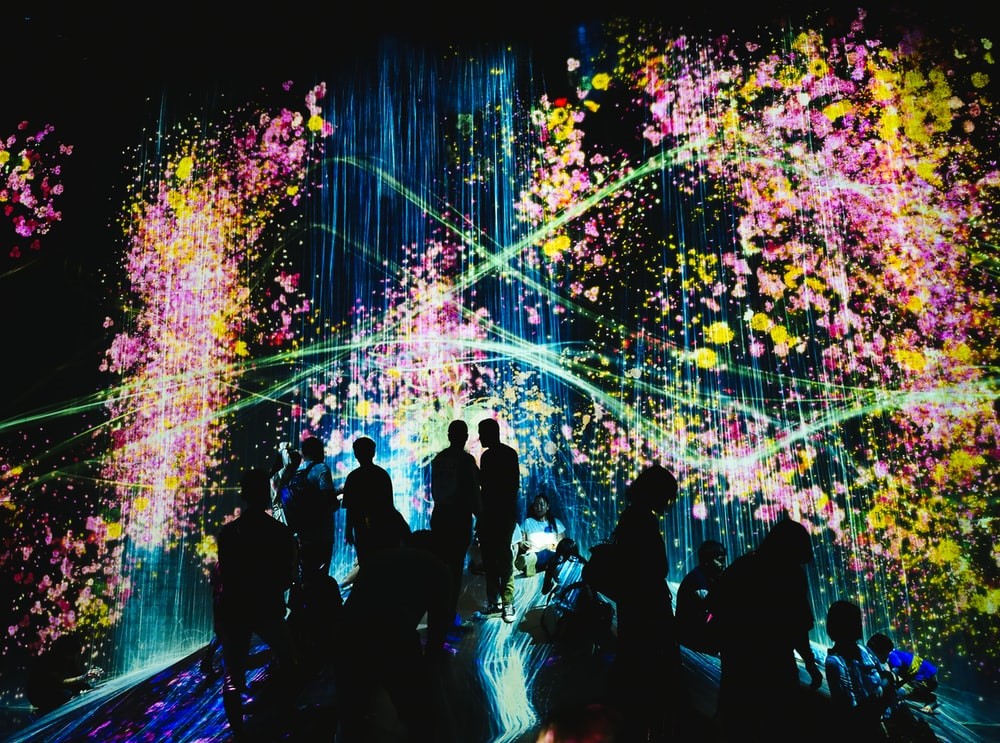
When and Where Do We Use Projection Mapping?
- Hype Generating/Street marketing videos
Brands can use this type of video to evoke a reaction from the crowd and hype up their product or offering. These are a great marketing stunt if pulled off effectively, by making people wonder about the message that video teased.
Behind the Scenes Videos
Brands that uniquely tell the story have an automatic leg up over their competitors. A great way to do that is to create a behind-the-scenes video that showcases your company culture in an informal and relaxed manner.
They offer your viewers an in-depth and personal look into the team behind the brand, which allows them to connect with your brand better.

When and Where Do We Use BTS Videos?
BTS videos allow consumers to put a face next to your brand name and lets them see the diversity of culture and ideas at work in your brand. These types of videos can be either informational, such as meet the team or brainstorming meets. Or they can be lighthearted and funny such as prank videos, company picnics etcetera.
User-generated Videos
Asking your consumers to submit content for your brand is a great way to forge better connections. First, these content submissions allow your brand to have a wider selection of content options to choose from. Secondly, it is a great way to receive customer testimonials that are better at convincing new visitors into buying our products.
Studies suggest that approximately 85% of consumers trust user-generated content more than the content generated by the brand itself.
When and Where Do We Use User-Generated Videos?
User-generated content can be used as a form of client testimonials, enabling the brand to showcase genuine customer experiences to potential clients. At least 60% of consumers believe that user-generated content is more authentic than brand-generated content.
Vlogs
Vlogs, or video blogs, are a more personalized approach to the classic textual blog. They provide brands with the ability to strengthen engagement with users in a personalized yet low-cost manner.
Many brands do not have the budget to keep producing and publishing professional and corporate videos regularly. For those businesses, it is better to shoot and post vlogs regularly, even if they are a little casual in tone.
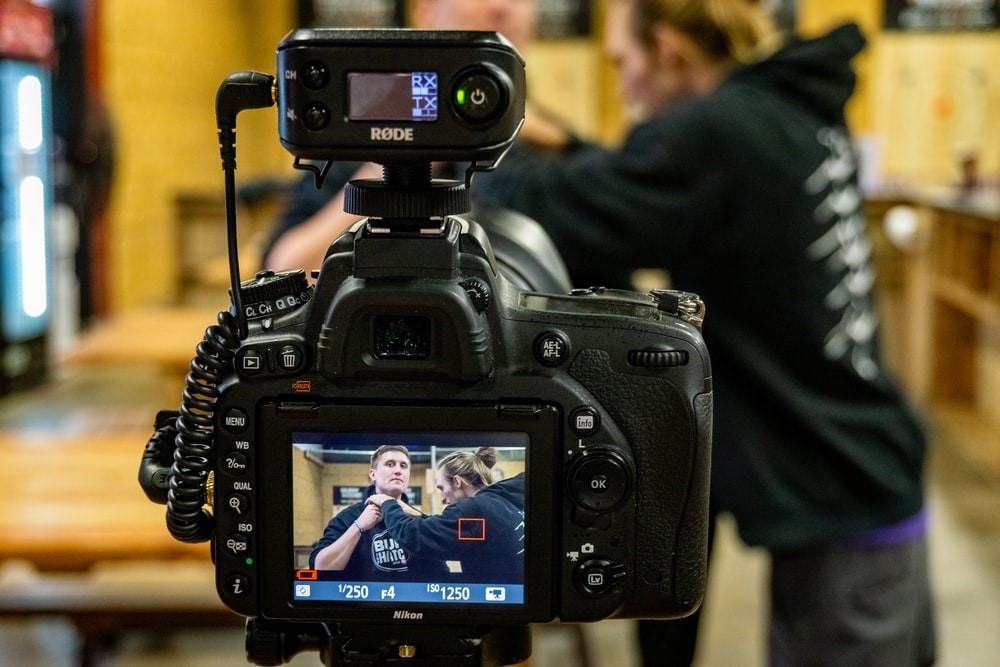
When and Where Do We Use Vlogs?
Vlogs are a great engagement tool for brands and businesses and ensure that consumers can relate to you and forge lasting connections. Many influencers promoting their brand use vlogs to keep themselves connected with their fans and viewers to great effect.
1.16- 360 VR Videos
Virtual Reality has become quite popular nowadays, with experts estimating the industry to cross the $21.5 Billion mark this year. But although true VR is still out of the reach of the majority of consumers, a fully immersive and high-definition 360-degree view is a popular option instead.
Using the fish-eye lens effect, these types of videos allow users an immersive experience using their smart devices.
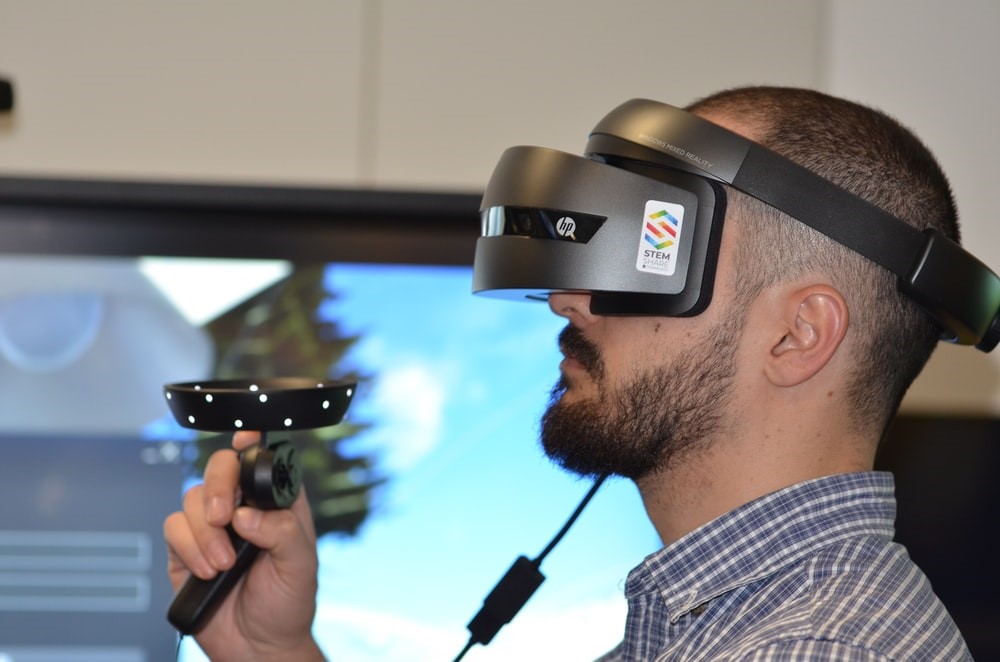
When and Where Do We Use 360 VR Videos?
These videos are great when introducing new products such as the launch of a new automobile, or as a 360-degree tour of a venue or an event to hype it up.
Personalized Video
Today, successful brands ensure that their customers feel special. A popular way to do that is through personalization. To personalize the experience means to make the customer feel heard. It means to show them that their needs and desires are important to us.
When and Where Do We Use Personalized Videos?
Personalized videos can be used to promote a business or company, and stand out from the competition by promising a personal connection to the consumer. Olive Garden used this technique quite extensively, through their old slogan “When you’re here, you’re family”, and its current variation “We’re all family here”.
What are the Tools I Need to Create These Types of Videos?
To produce the styles of videos described above, many tools are required.
A Camera
For the types of videos that require you to shoot footage, you require a camera. Now it doesn’t mean that you have to go out and buy a new high-quality camera for this. Smartphones today are equipped with incredibly sharp and high-quality cameras, which can shoot quality videos in a variety of frame rates and aspect ratios.
Biteable
It is a subscription-based tool, which helps its users develop economical, studio-quality videos easily. You can choose your characters, images, effects, and more to combine and edit into a video to your liking.
Doodly
It is a popular subscription-based tool used to create videos such as whiteboard and its variations like blackboard, greenboard, and glassboard easily and instantly.
Powtoon
Another subscription-based service that helps us develop engaging and interesting motion-graphic videos for your brand, using its versatile library of ready-made templates and an intuitive interface.
Animaker
A freemium online tool that helps us develop various animations and engaging presentations in a matter of minutes. It’s free to try out, with premium accounts giving access to all its features.
Moovly
A cloud-based platform to develop various multimedia content like videos, presentations, animations, and more. Another great freemium option for those looking to create content economically.
Camtasia
A free software suite that allows us to create high-quality video and other content easily, even via screencast.
Screenflow
A feature-rich screencasting software, made for macOS. It can combine various audio and video tracks with the screencasts, and output the edited results into a variety of common types of video formats.
YouTube Live
YouTube Live is a free tool that allows you to broadcast your live videos, whether screencast or otherwise, to your viewers for free.
Facebook Live
Similar to YouTube, Facebook Live also allows you to create free live streams easily.
Instagram Live
Another free-to-use live stream tool that allows you to engage with your viewers in real-time.
OBS Studio
Open Broadcaster Software is a free and open-source tool, available for a variety of platforms to stream and record your videos live.
Animoto
It is a premium cloud-based tool to create videos using images, videos, and sound clips to create multimedia presentations and other engaging video content.
How to Choose the Perfect Types of Videos to Produce for Your Businesses?
Now that we have seen the seventeen popular types of websites, the next step is to decide the style of video you want to produce. However, each video type has its applications and does not have the same impact when used improperly.
To understand your brand’s needs and find the perfect video style, you need to ask the right questions. Let’s have a look at what they are.
3.1- What Do I want?
The first and most obvious question is to ask yourself your expectations for the video. That will help you choose the format that best fits your desired application, and deliver the expected results.
For instance, if your goal is to entertain your audience, or you want a fun and playful approach to your video, then animation is the way to go. Similarly, want your video to explain and simplify a hard-to-grasp topic? Then opt for the explainer video style.
Selecting the right types of videography can help you maximize the impact of your brand message.
3.2- Who is my Audience? And What is My Message?
Next, you need to discover what tone works well for your video’s application. As in real life, every situation and audience requires a different approach and tone. Knowing who your audience is, and what they like or dislike will help you decide what type of video would suit your needs.
Moreover, once you know the viewers, you then need to further fine-tune your video style choices based on the message you are trying to portray. This way, you will be able to decide whether it’s better to choose a formal style, or something a little more elaborate.
3.3- What is My Budget?
One of the greatest factors affecting our choice of video style is the cost associated with them. Some types of videos cost more to produce than others and might exceed the budget of many companies.
Animated videos, motion graphics, or any kind of computer-generated effects require the expertise of designers and animators. Similarly, live-action videos can quickly see their costs rise due to the number of hired acting talents or rented venues and equipment.
And these costs can rise quite significantly if the project faces a delay, even if it’s a few days.
For every application, there are a few video types that could be used. Therefore, it is up to you to find the most cost-efficient style and use it for your video.
3.4- What Style Suits My Brand?
For a sweet breakfast cereal brand, the target audience is little kids, who grew up loving and relating to that brand. It’s human nature to choose something that appeals to you, and if your company makes breakfast cereal too, then you should use a similar style for your video, like the one that appealed to you.
Opting for a cartoon-style animated video to market a brand of liquor would not have the same impact if they had chosen a more mature style. This type of video helps your viewers connect with your message at a greater level.
4- Types of Video Content for Various Applications
Different applications require that you use different types of videos, to leverage the maximum amount of impact from them. Let’s have a look at what styles of videography works well for each of the categories given below.
4.1- Types of Videos for Social Media
The types of video styles that work well for social media include:
- Personalized Videos
- Vlogs
- Montages
- Live streams
- Animated videos
- Live-action videos
4.2- Types of Videos for Marketing
The video styles that work well for marketing and advertising include:
- 360 VR videos
- Vlogs
- User-generated videos
- Behind the scene videos
- Projection mapping
- Digital signage and billboards
- Montages
- Live streams
- Live-action screencasting
- Typography videos
- Motion graphics videos
4.3- Types of Videos for Education
The video styles that work well for informational or educational purposes include:
- Whiteboard videos
- Explainer videos
- Montages
- Live-action screencasting
- Screencasting
5- Choosing the Correct Types of Video Formats
When we develop a video for our brand, we need to consider the platforms that we are going to use to promote that video. Each platform has its specifications, such as video orientation, output formats, and more.
For example, when posting a video on Facebook or Instagram, make sure that the video is in portrait aspect, instead of the landscape which works well for YouTube. Similarly, YouTube requires that videos posted onto its platform are encoded into the mp4 format.
Considering the platform before sharing the video is necessary if we want them to work well. Failing to consider these details may end up harming the creative efforts put into developing the video content.
Frequently Asked Questions
| Which is better: animation or graphic design? While they are both a part of the visual design field, the end products are pretty different. Graphic design creates graphics meant to attract or sell, while animators create animations to tell a story. |
| Is motion graphics 2D design? Motion graphics are not 2D designs. Instead, it is used to bring static 2D methods to life using animations. |
| Which software is best for motion graphics? There are various tools popular with motion graphics artists, including Adobe Photoshop, Adobe Illustrator, Cinema 4D, Adobe After Effects, and many more. |
| Our animators and illustrators the same? Illustrators create a visual story and its characters. At the same time, animators give those characters and stories life by using software to bring them to life. |
Conclusion
Well then, now that you know the seventeen types of videos popular nowadays within marketing teams, and how to use and develop them, you are ready to get started on creating videos for your brand.
The important thing is to ensure that all videos you create are in line with your brand personality, and are of the highest quality possible to enjoy the fruits of that effort and labor.
Looking to create an animated video for your brand? Our video animation services can help you design and animate all kinds of corporate videos.

Logopoppin
Logopoppin is a graphic design agency that specializes in logo designing, web development, video production and advanced branding services. We love to innovate businesses with new age technologies, allowing them to improve their visual reputation.


